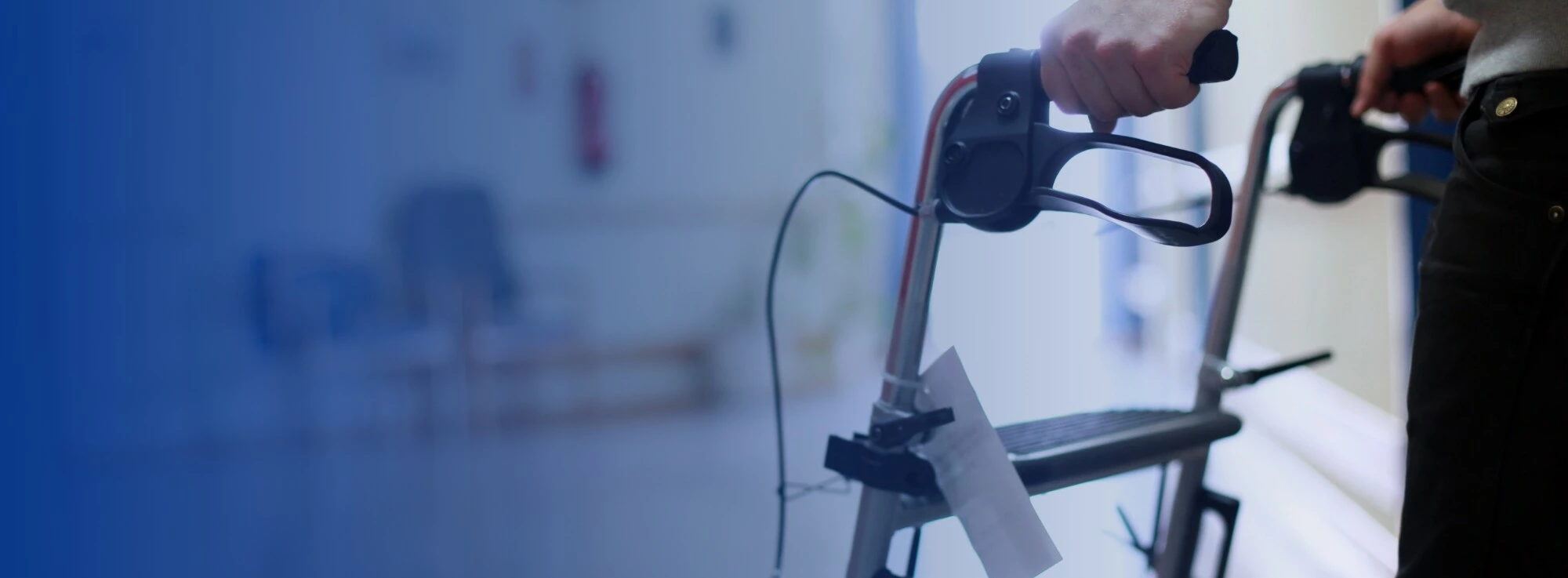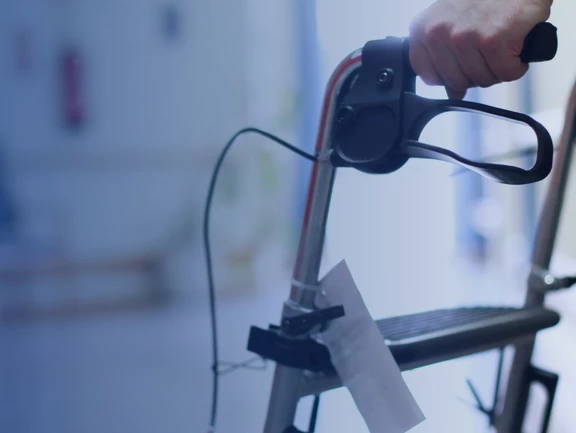Wheelchairs, walking aids and accessories: mobility aids for active participation in life
Mobility aids enable many people with physical disabilities to lead an almost normal everyday life. Nevertheless, those affected repeatedly report pitying looks and noticeable insecurity on the part of strangers or even relatives. The way society deals with these issues is also reflected in the language used: for example, someone is "confined to a wheelchair". Yet the wheelchair enables its user to lead a much freer and independent life. The stigmatization goes so far that physically impaired people often decide against using an assistive device, even though the right walking aid would be a great support for them in everyday life. In many cases, pain can be avoided or at least prevented with the right aids. Nevertheless, people are often more likely to accept incorrect weight-bearing, which can have a lasting negative impact on their situation, than to present themselves in public with an aid. Once those affected have decided to use a wheelchair, for example, they are often reluctant to go to places where they may find it more difficult to get around in a wheelchair, such as on forest paths. Relatives should definitely encourage those affected to tackle challenges if they have the desire to undertake a particular activity, always with the necessary caution and support, of course.
The accessibility of buildings, public transport, services and products is constantly improving, but there is still a lot of catching up to do. A plan B should always be available in case the only elevator does not work or the wheelchair cannot be transported, even though the wheelchair is foldable. We are all required to always consider the users of medical aids in our daily lives, especially when developing and selling medical products.
Function and limitations of mobility aids
A walking stick is often sufficient for people with minor discomfort and pain when walking, but who are otherwise able to walk. Many models are foldable, and the tip can sometimes be adjusted and exchanged depending on the terrain. Multi-legged walking aids such as the three-point cane offer a little more stability when supported.
If the cane does not provide sufficient support, a crutch should be tried. This aid, also known as a forearm crutch, not only has a simple handle, but also supports the entire forearm to the back, right and left with the help of a plastic upper section. If the hands are not strong enough, an armpit support is also available as a variant, but this is rarely used for long periods as the arm has to be pressed very firmly against the body. This in turn quickly leads to signs of fatigue.
The walking frame is rarely seen on the street, but all the more frequently in rehabilitation clinics. It is a four-legged, arched support, with or without the addition of two castors. A walking frame is often used when patients are learning to walk again after a stroke, but must be lifted independently with every step. It is therefore less suitable for patients with balance problems. People with limited balance are therefore more likely to use a rollator. A rollator is a rolling walking aid that does not need to be lifted off the ground to move. Rollators can enable people with a variety of walking disabilities and back problems to get around more comfortably and usually more quickly. There are a range of different models for indoors and outdoors, and rollators with electric assistance are also available. One disadvantage of the rollator is that it often causes damage to the cervical spine after many years of use.
Wheelchairs and electric wheelchairs are not classified as walking aids. They allow you to move around in a seated position if walking is either not possible at all or at least not possible over long distances with the aforementioned walking aids. Various models are also available in this category.
Practical accessories for mobility aids
Whether at home or in hospital, everyday life with a wheelchair places special demands on the environment and equipment. In hospitals in particular, there are many different reasons why a patient may need a wheelchair. Patients with a broken leg, a hip operation, a heart attack, stroke or neurological incident all need a wheelchair. If a wheelchair is used due to more serious illnesses or accidents, the need for additional accessories for care and medical care is naturally much higher than for wheelchair users who are otherwise healthy and may even be able to walk a short distance without aids. The medical accessories required differ from case to case and also change over the course of treatment. In hospitals or nursing homes, stands and support tubes are often used on wheelchairs, which are attached directly to the wheelchair with a clamp or claw. Infusion bag holders, other standard rails and secretion bottle holders, for example, are then attached to these bars. In this way, the patient does not have to remain in bed while receiving an infusion. Equipment for emergency care and monitoring vital functions can also be kept close to the patient in this way, allowing the appropriate measures to be initiated immediately in an emergency.
If the wheelchair is used at home and a car is available, a transport plate for securing the wheelchair behind the trunk is a good purchase. With a transport plate, the wheelchair can be loaded and unloaded with minimal effort. If the wheelchair is foldable, the transport plate can be much smaller. Before longer trips, the castors and brakes should be checked and inspected for damage.
Buschmeier Medizintechnik - Optimal medical equipment for every life situation
Our products enable a well-organized and well-thought-out treatment and care system for all patients - including, of course, patients with wheelchairs. We offer rail and quick-release clamps in various diameters for attaching stands, support tubes and infusion stands directly to the wheelchair. The support tubes for wheelchair attachment are also suitable for enteral feeding via a gastric tube, for example. Most of our products are height-adjustable and can therefore be optimally adapted to wheelchair users who are unable to stand up for examinations or treatments that are normally carried out standing up. In medical technology, too, everything is a question of adaptation. We therefore base our products primarily on the needs and wishes of our customers. If you have an idea for a custom-made product, please contact us and we will be happy to realize your idea within the scope of our possibilities.




